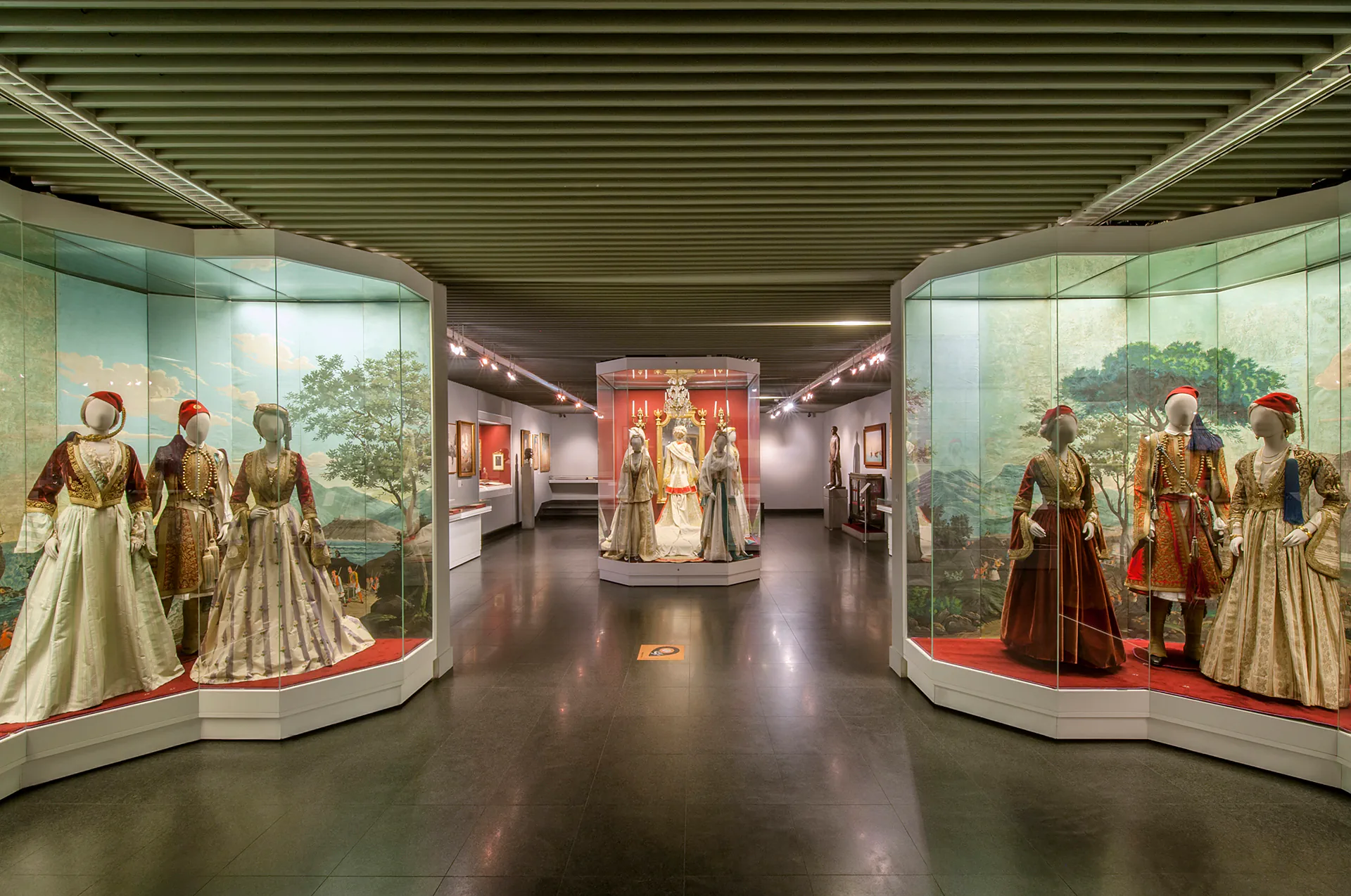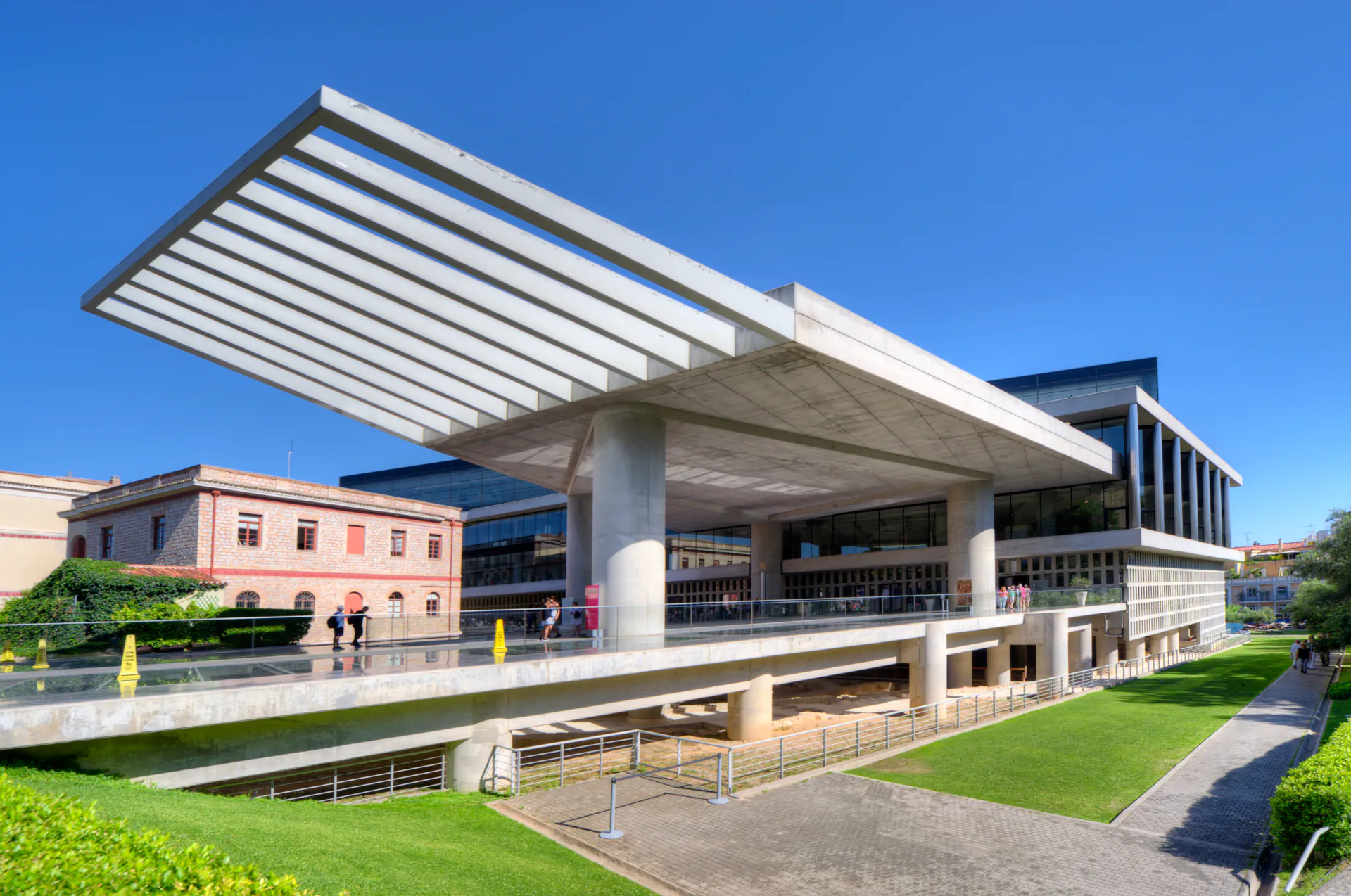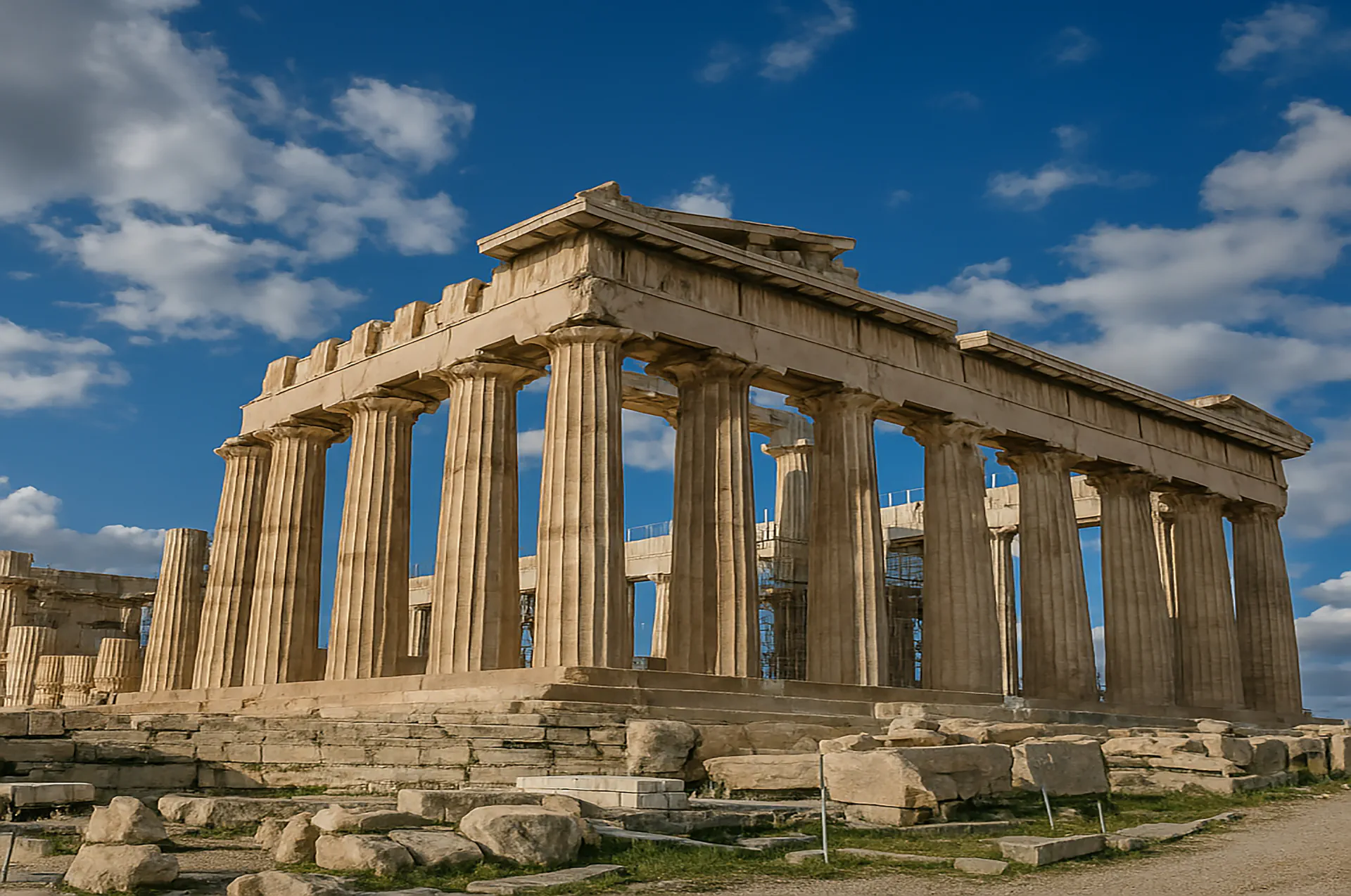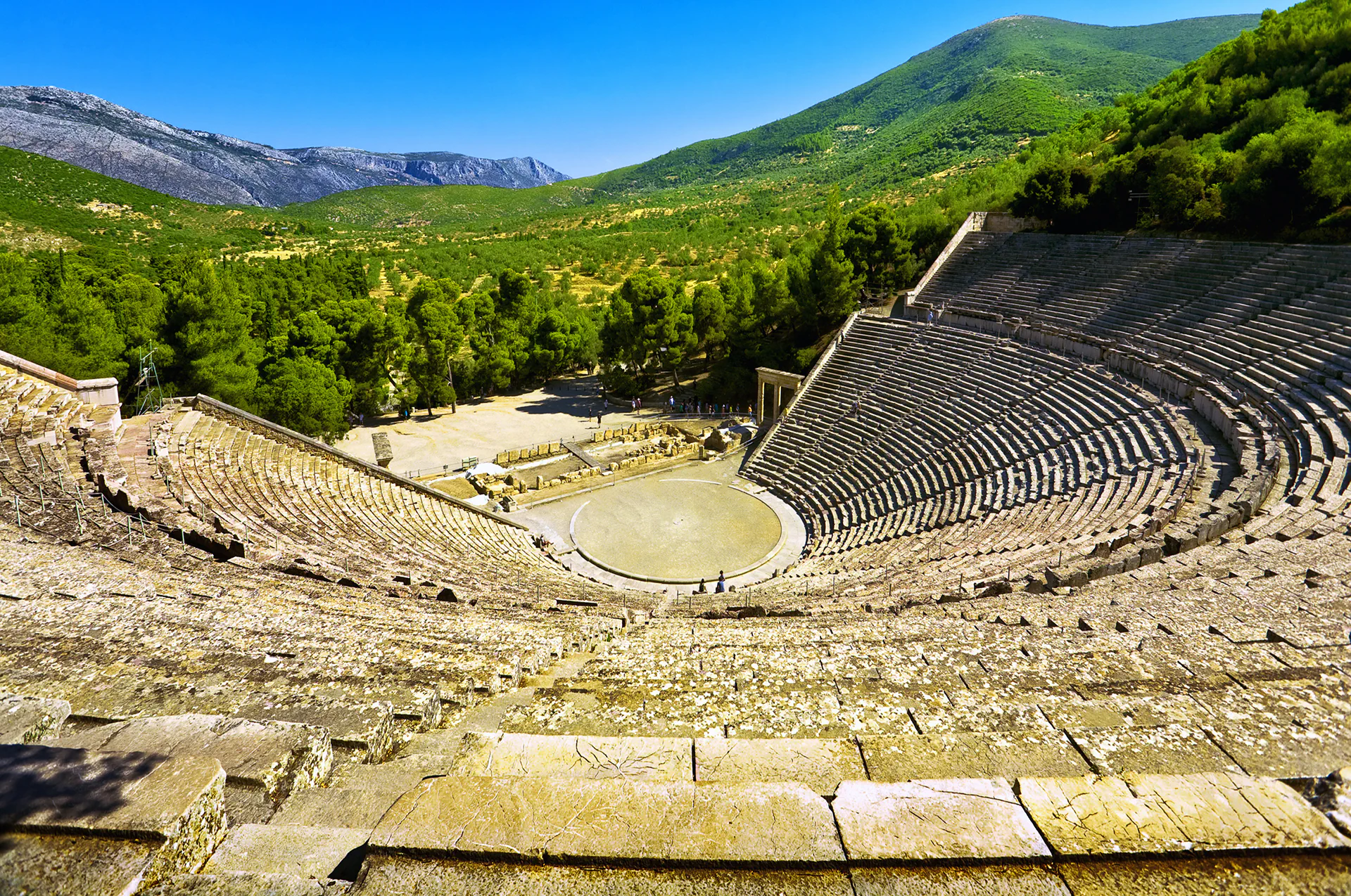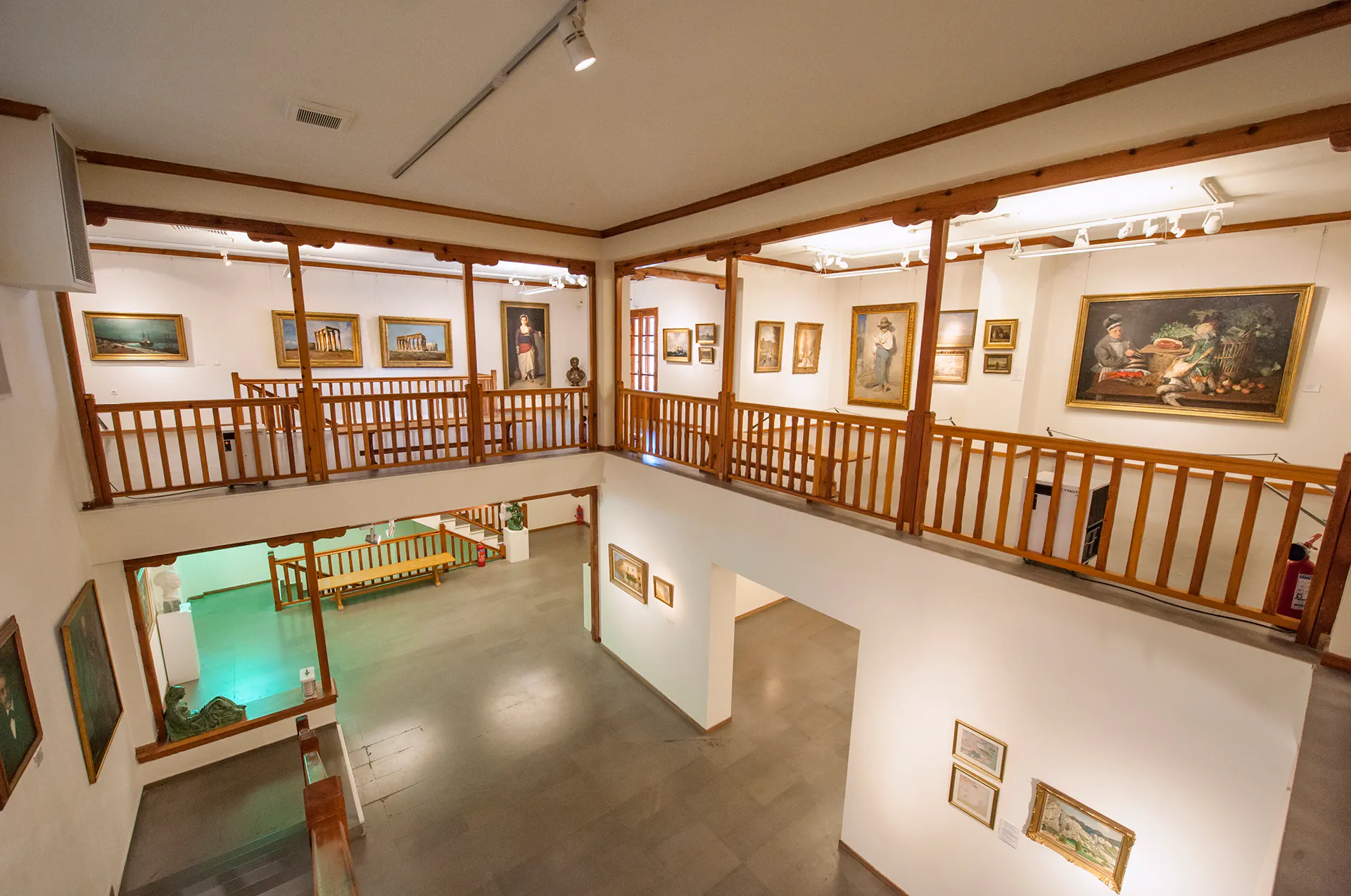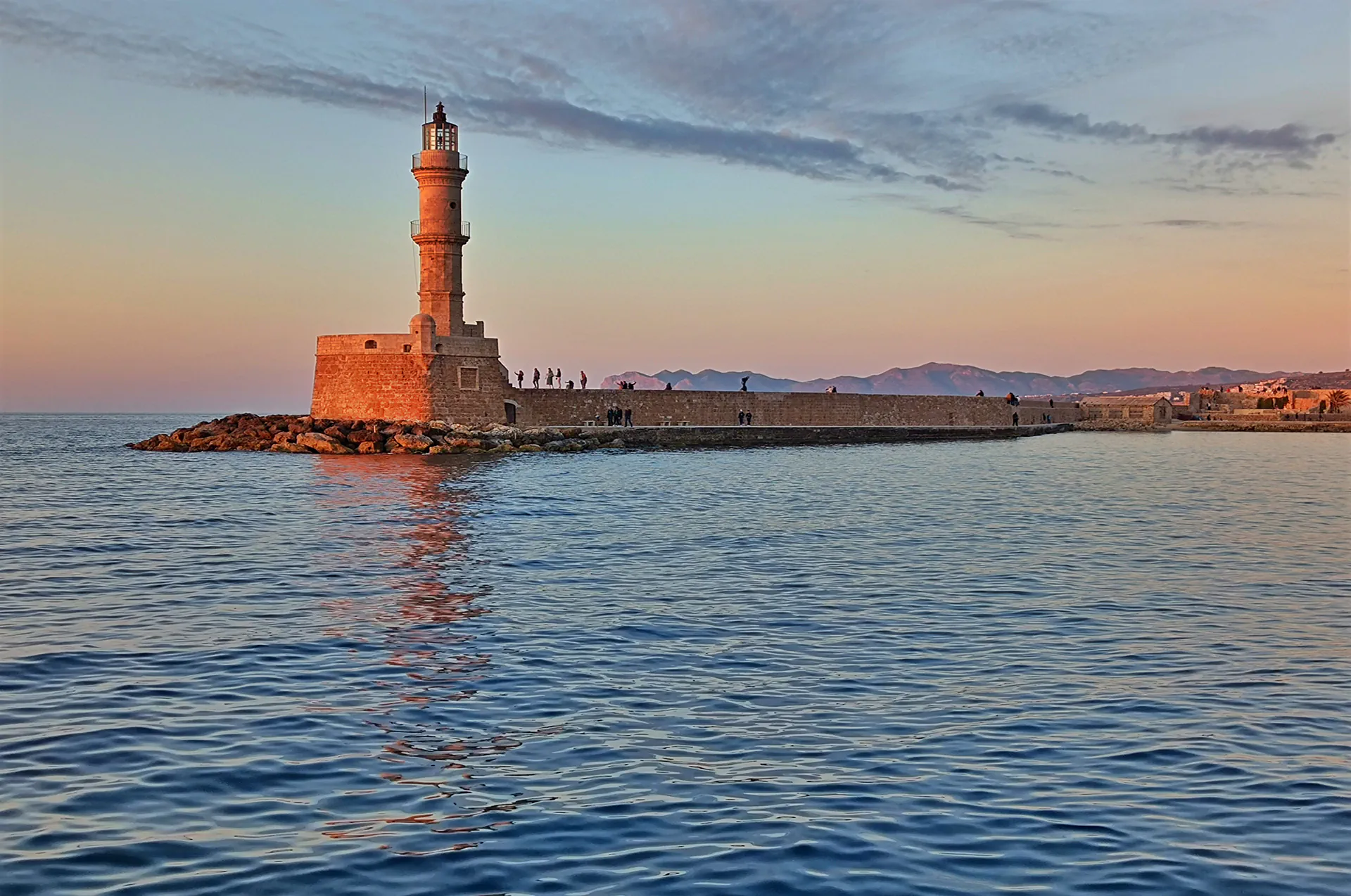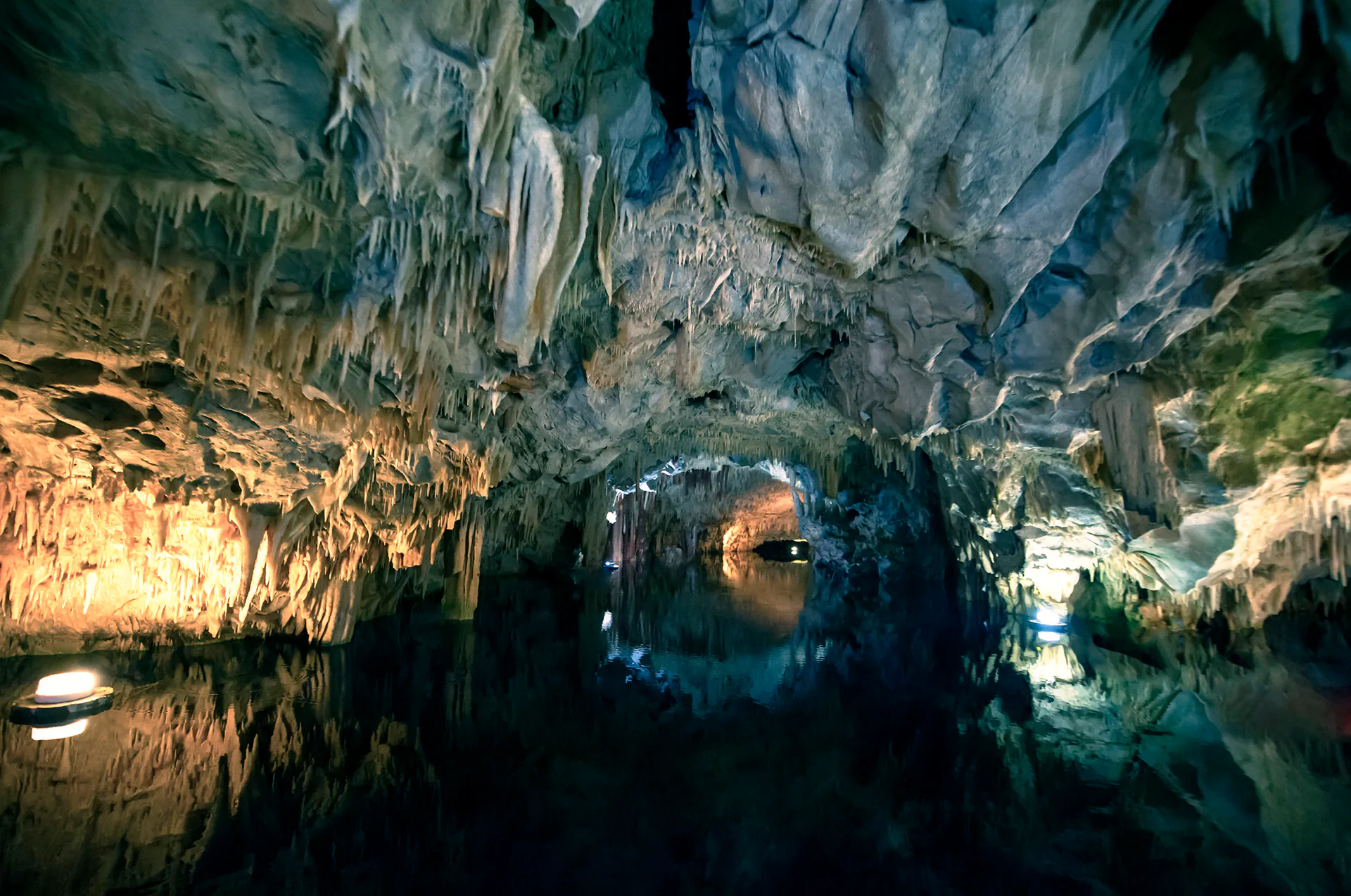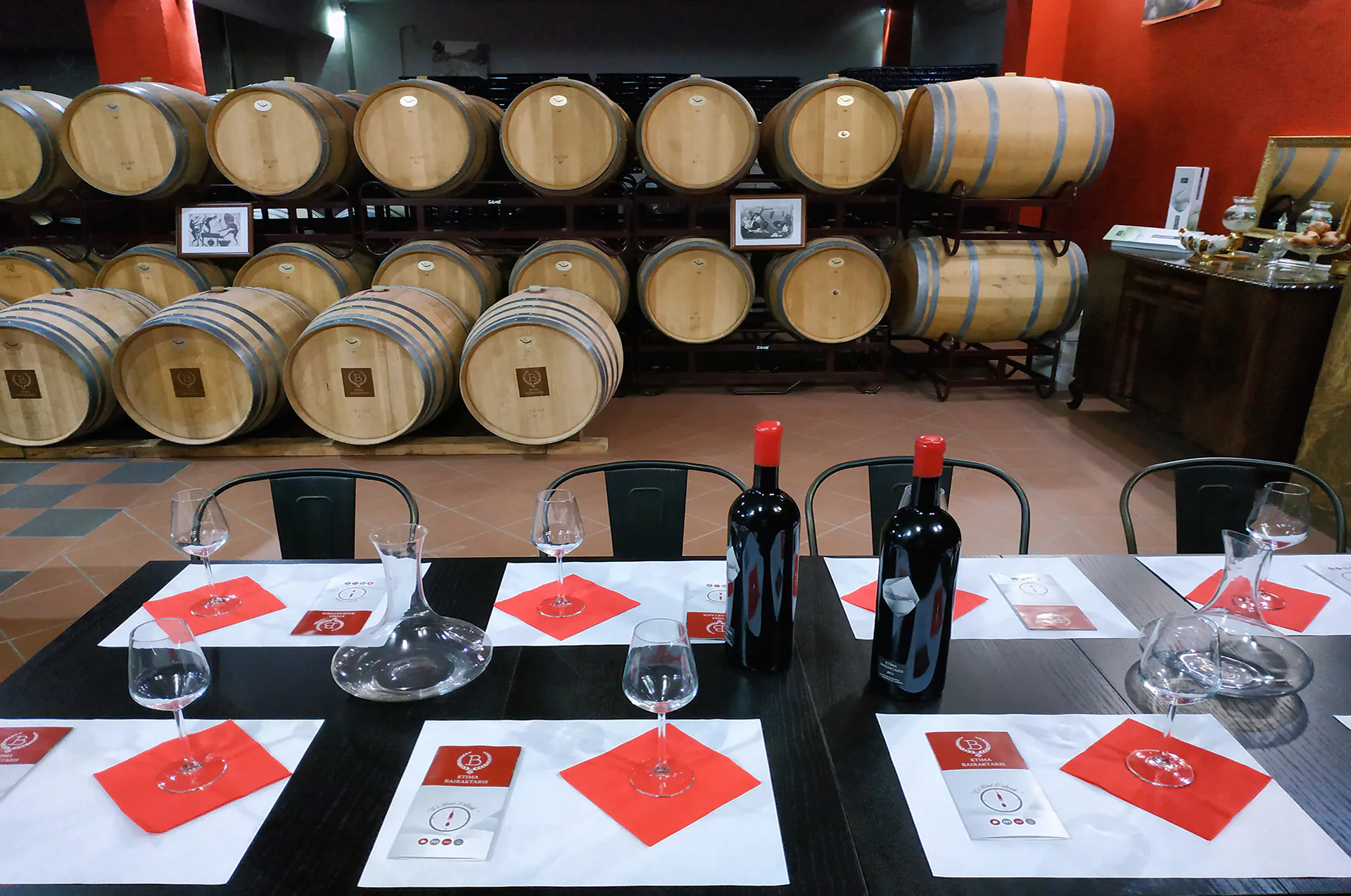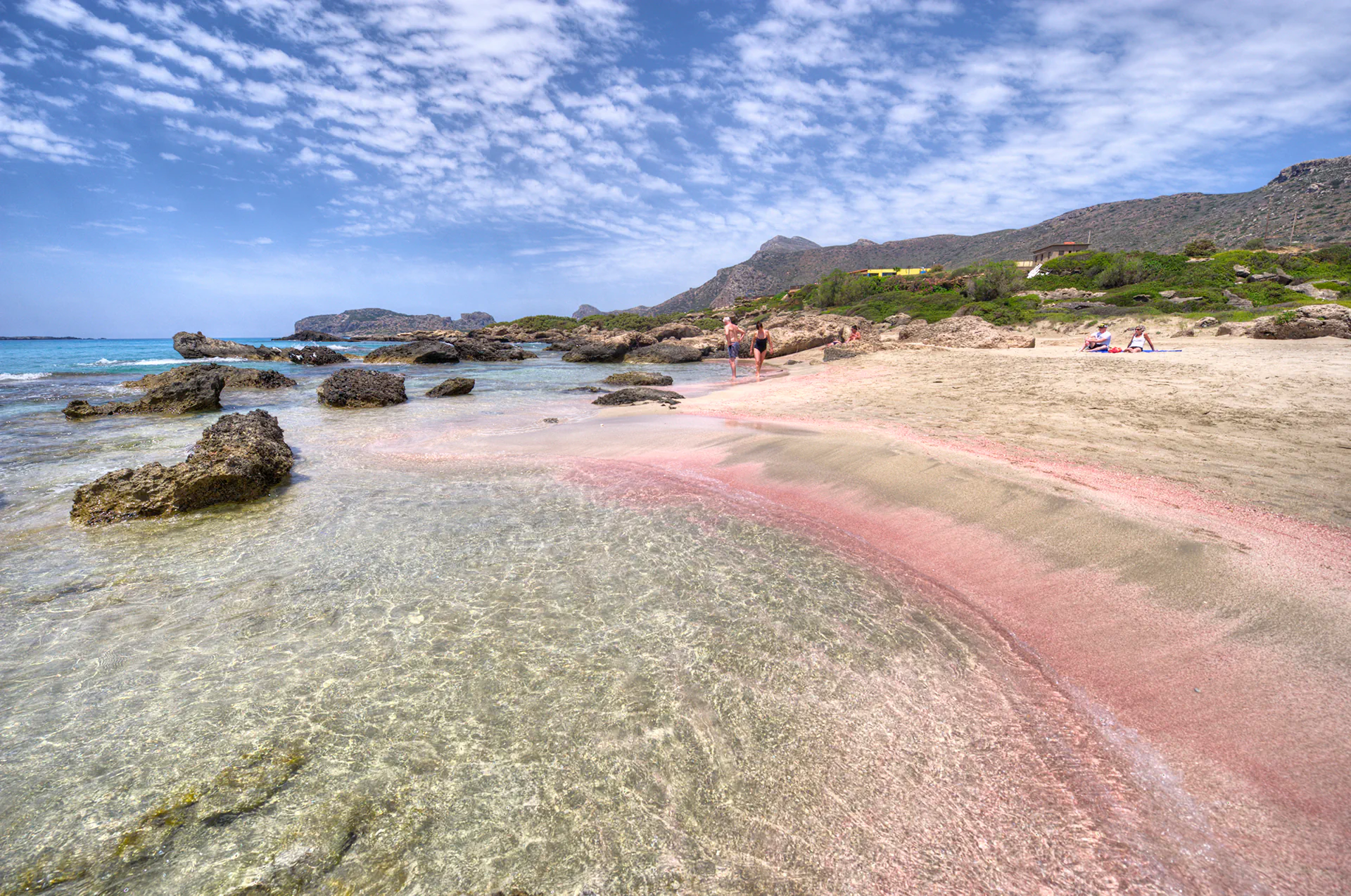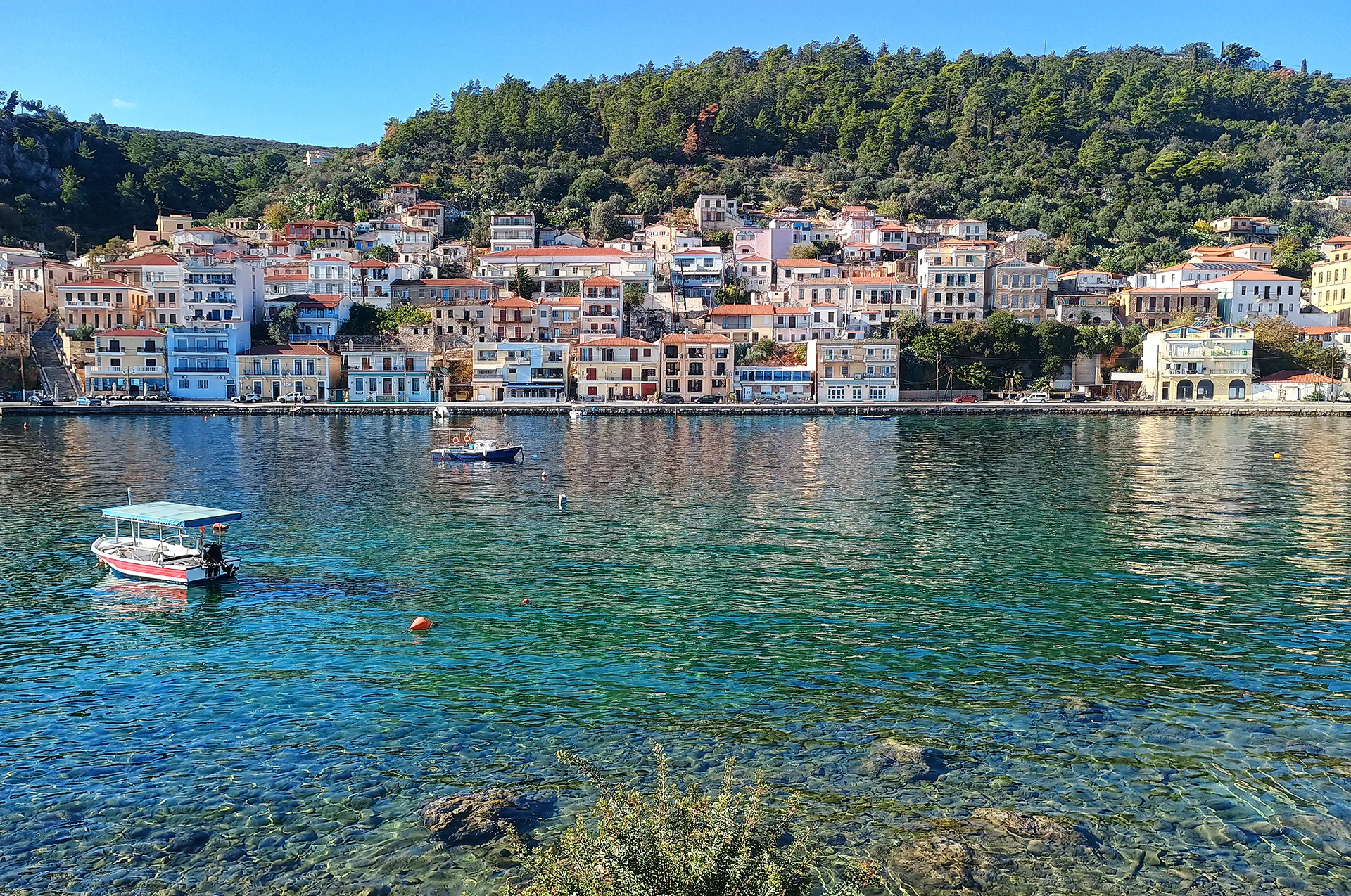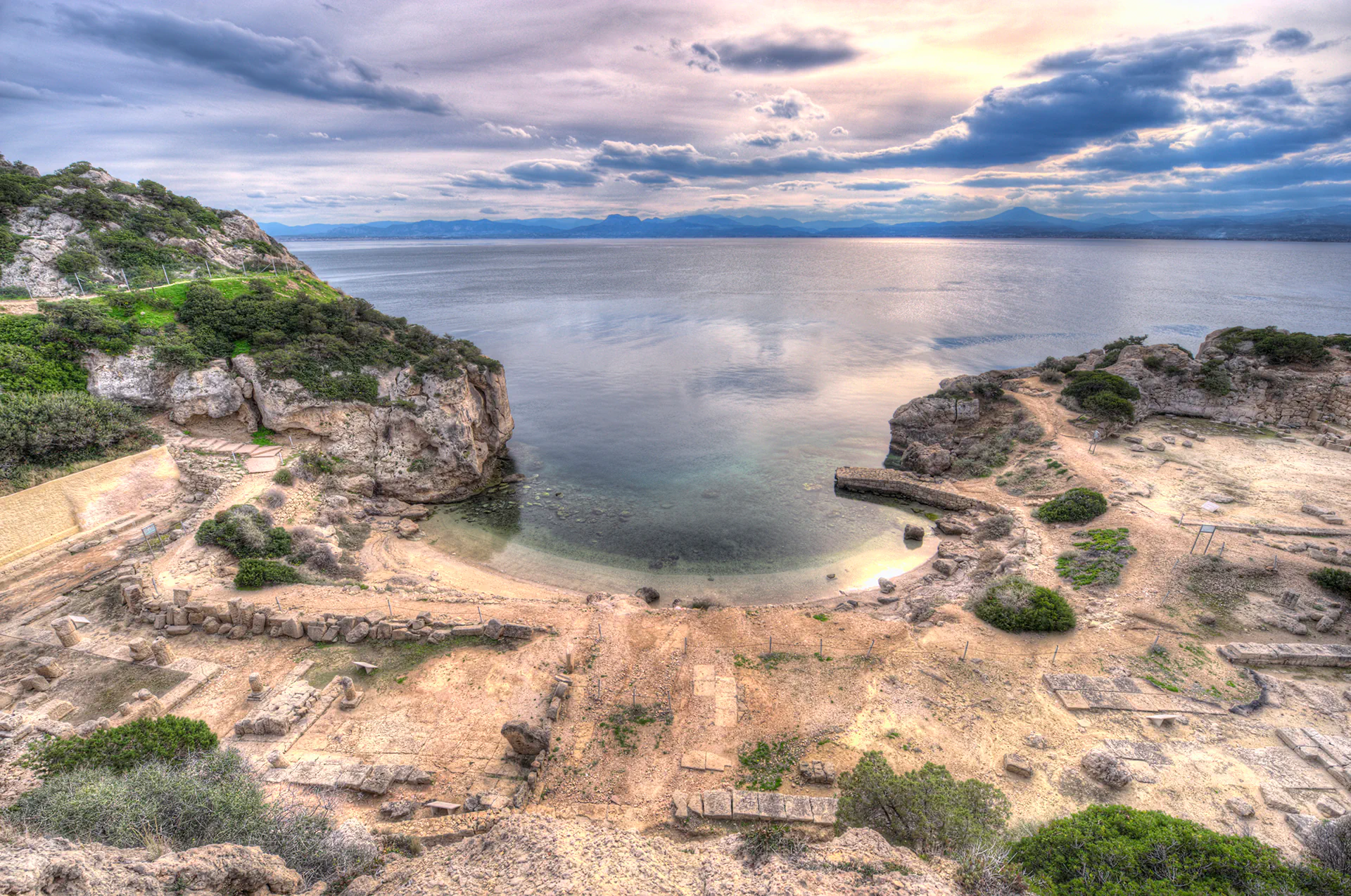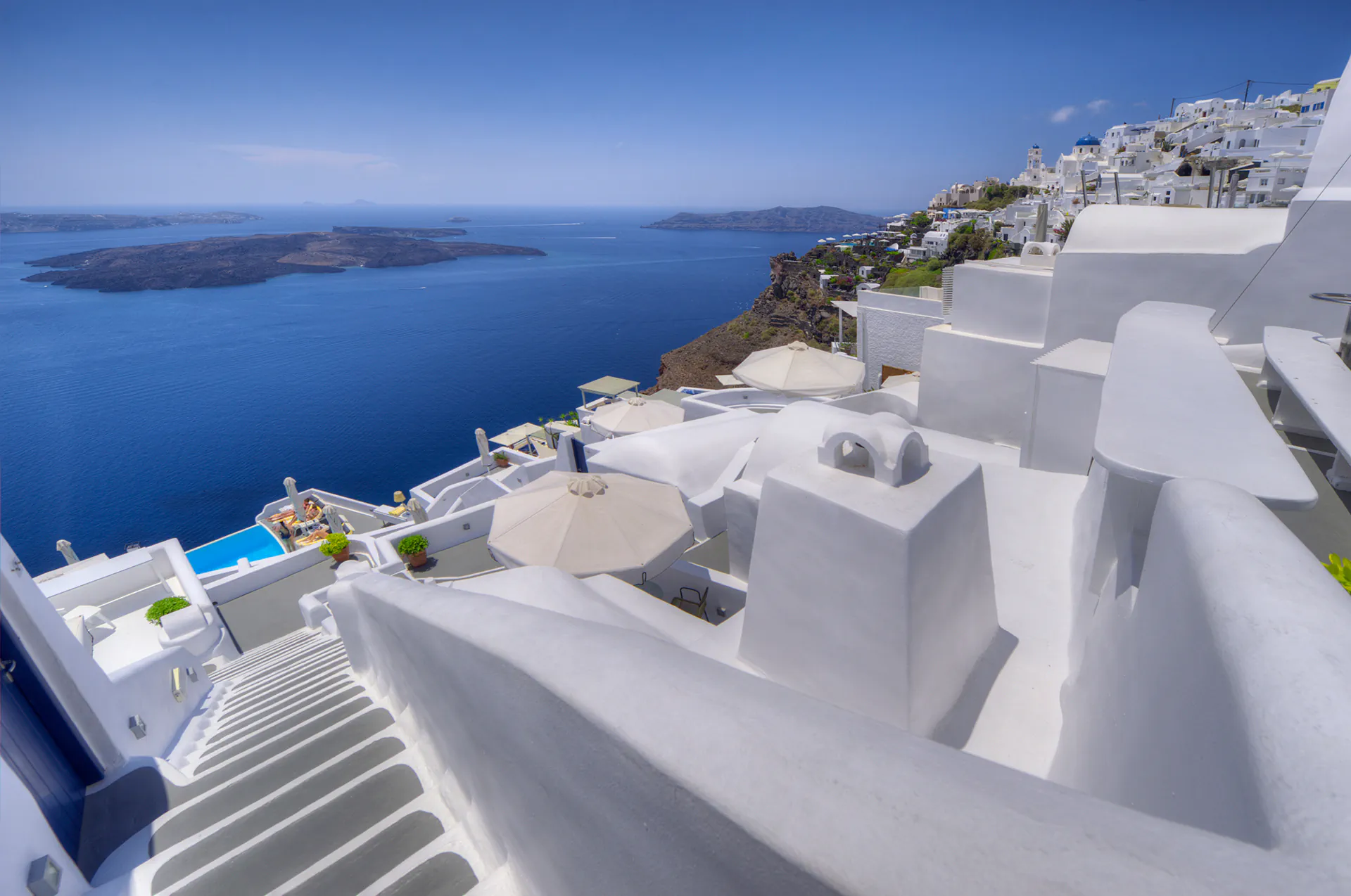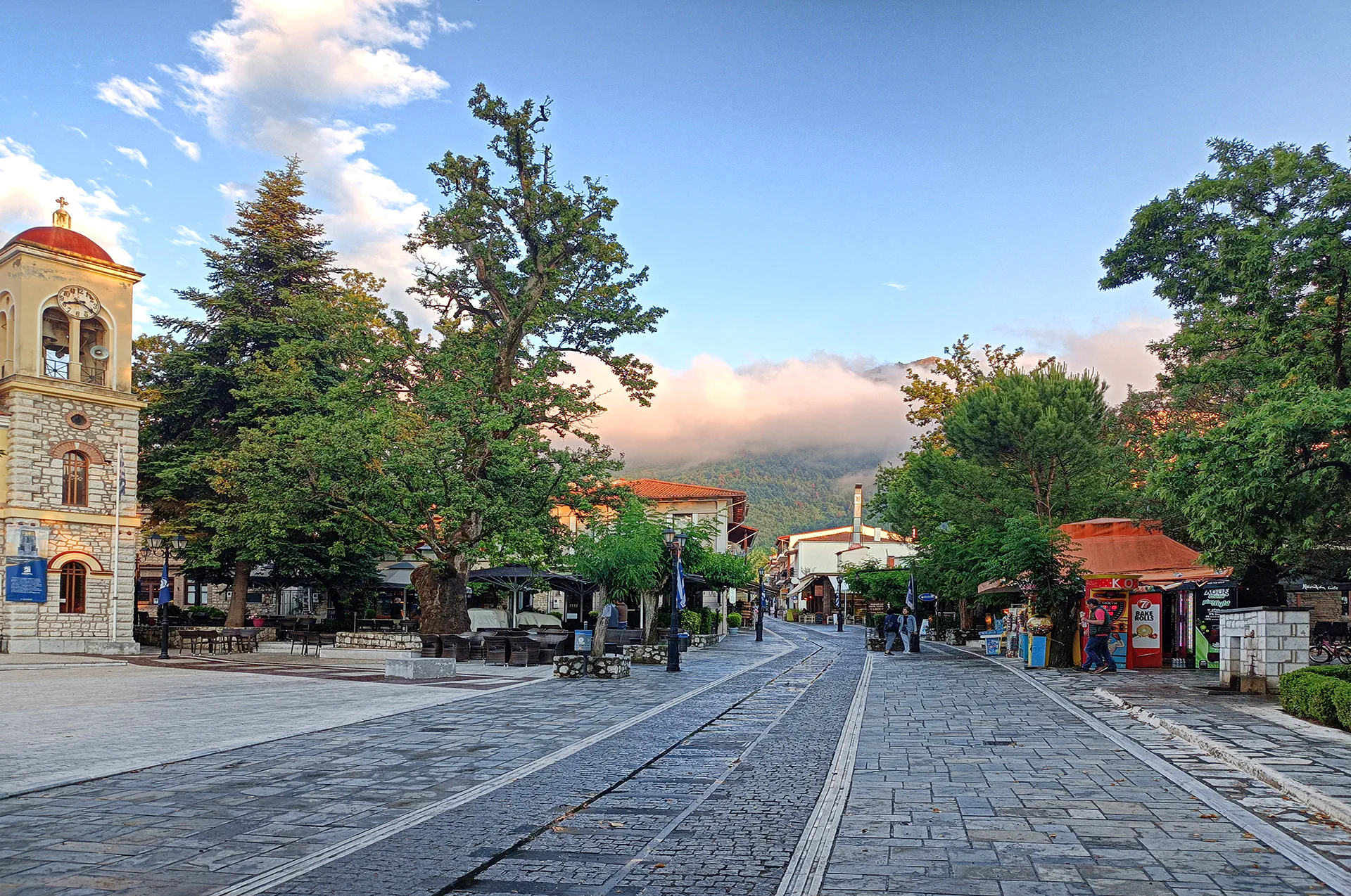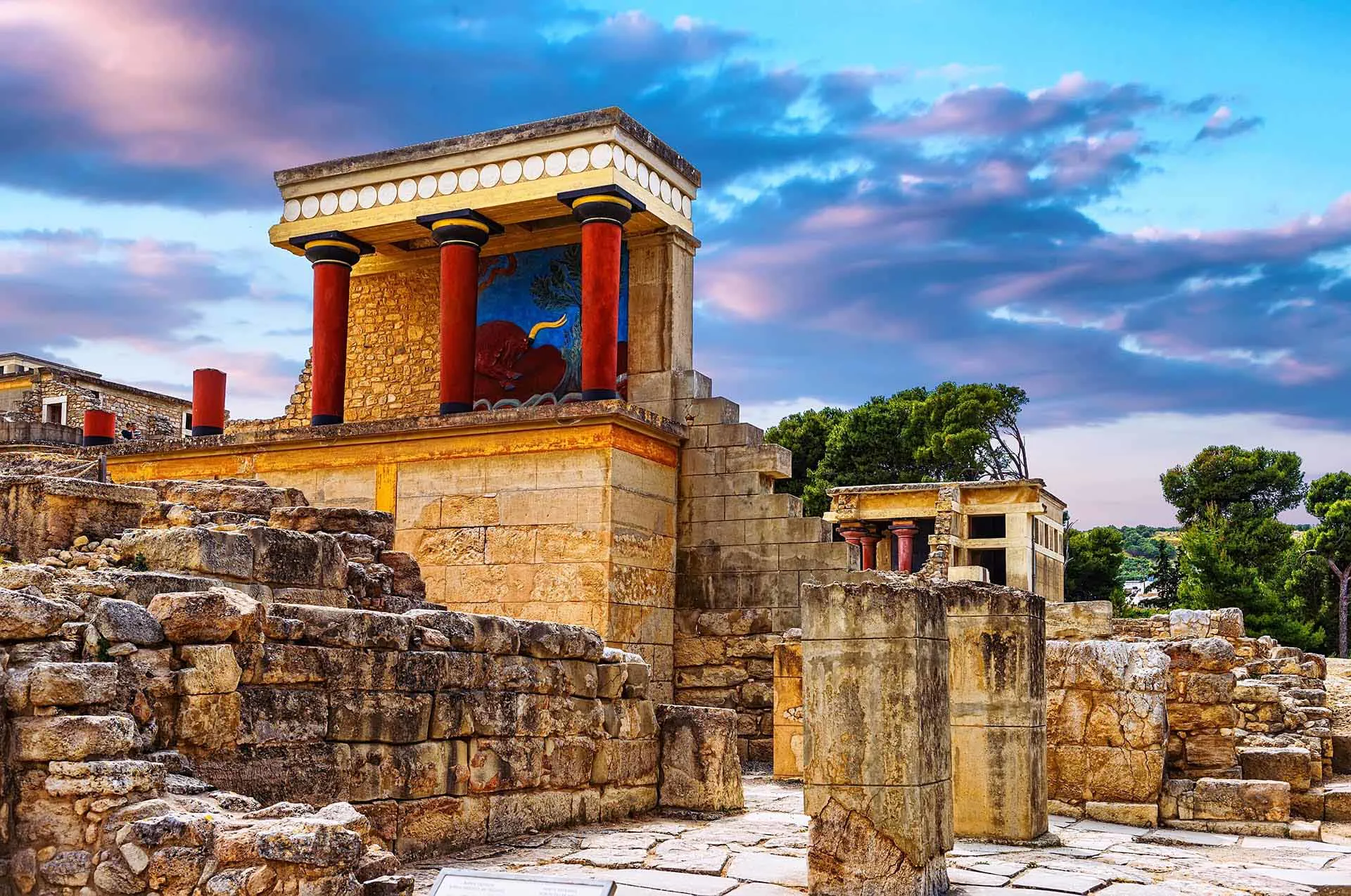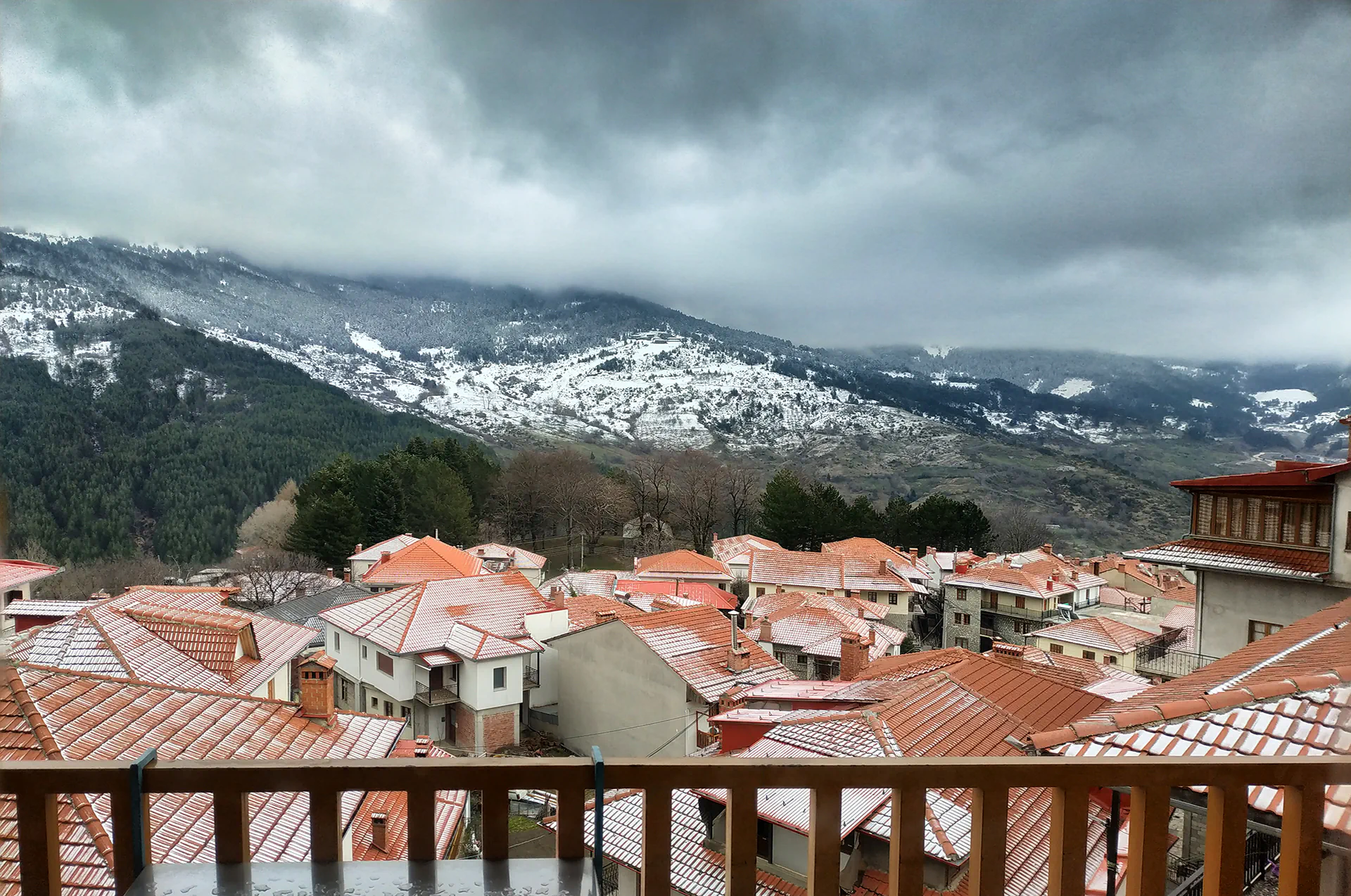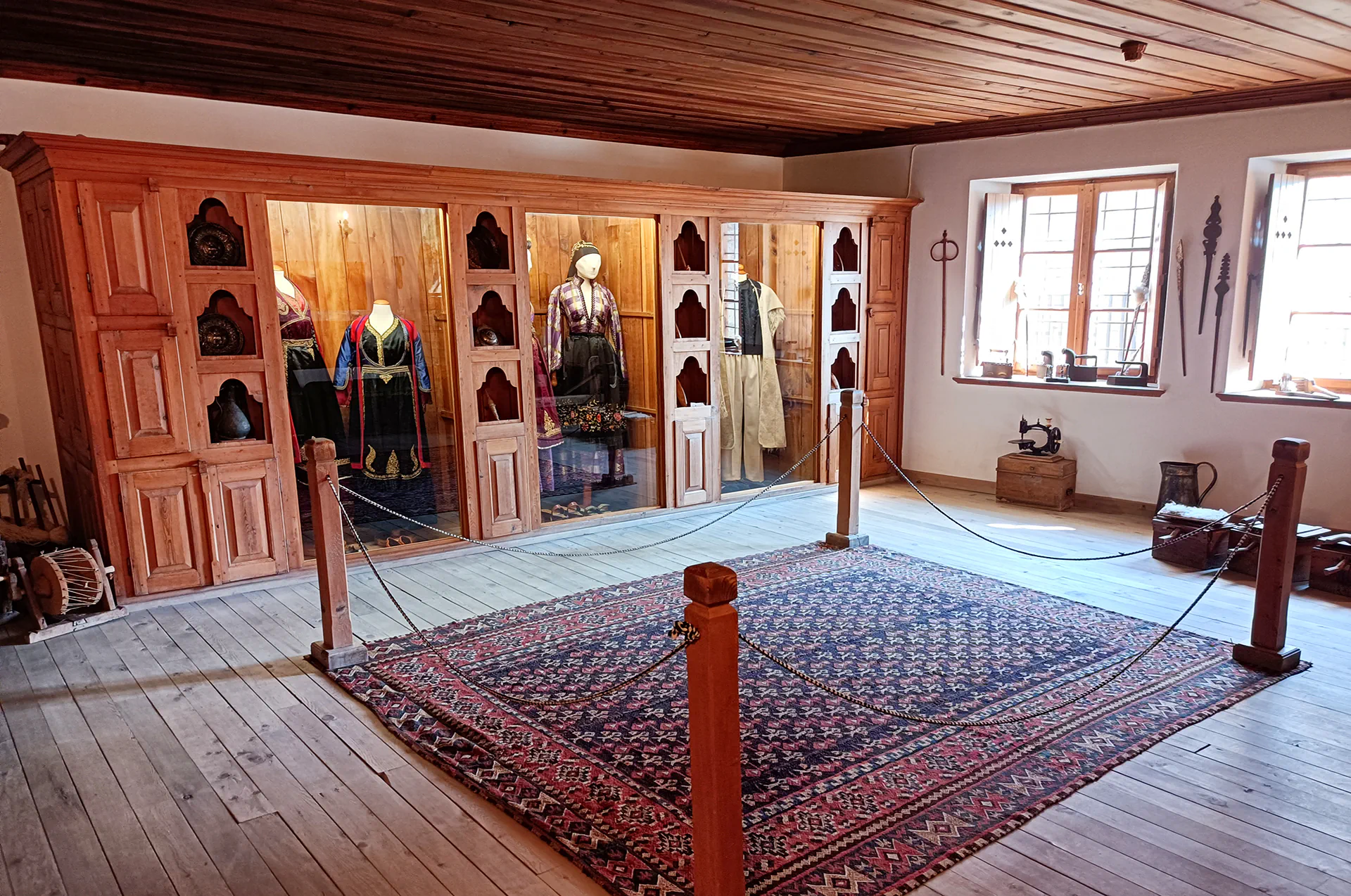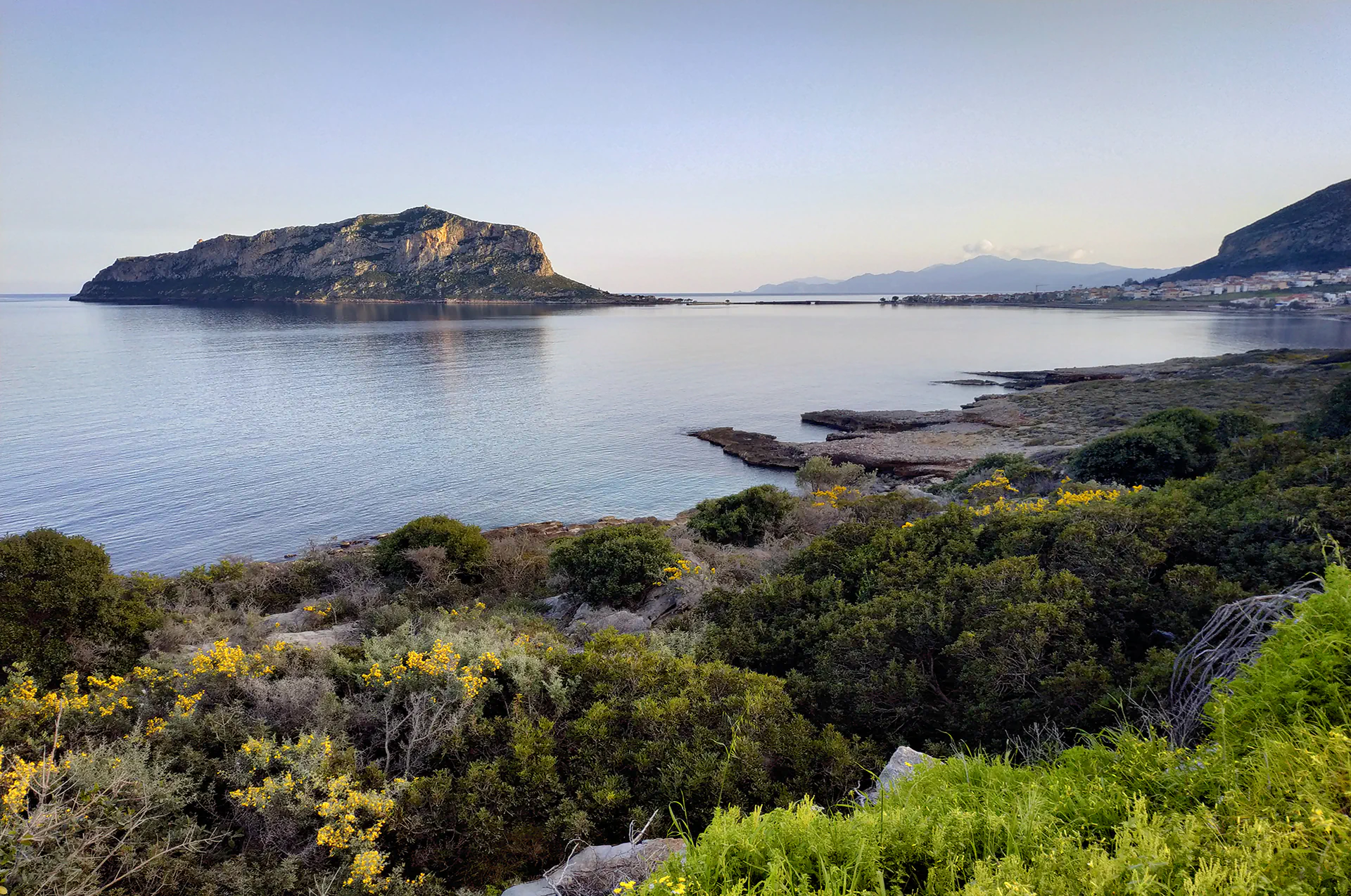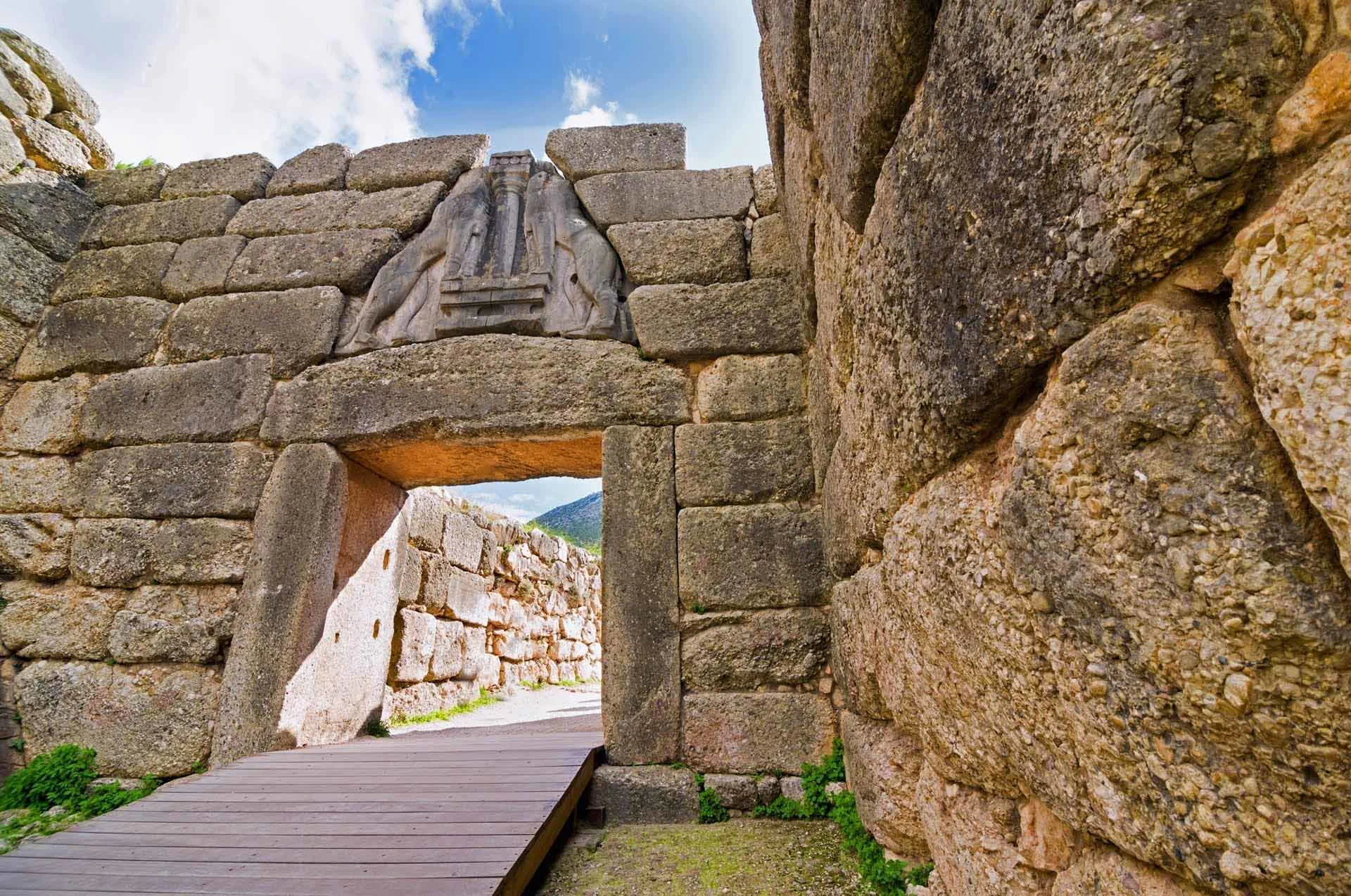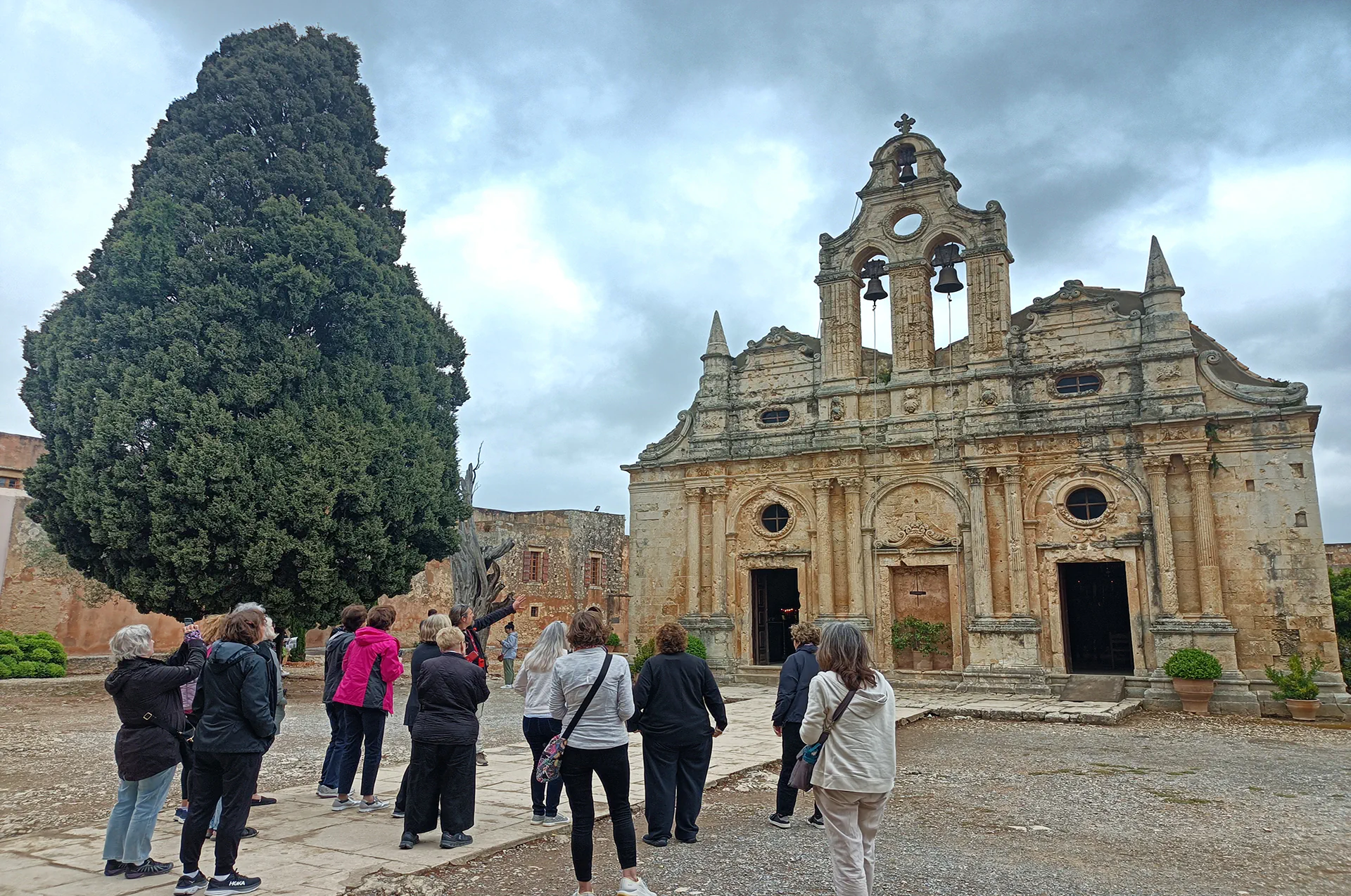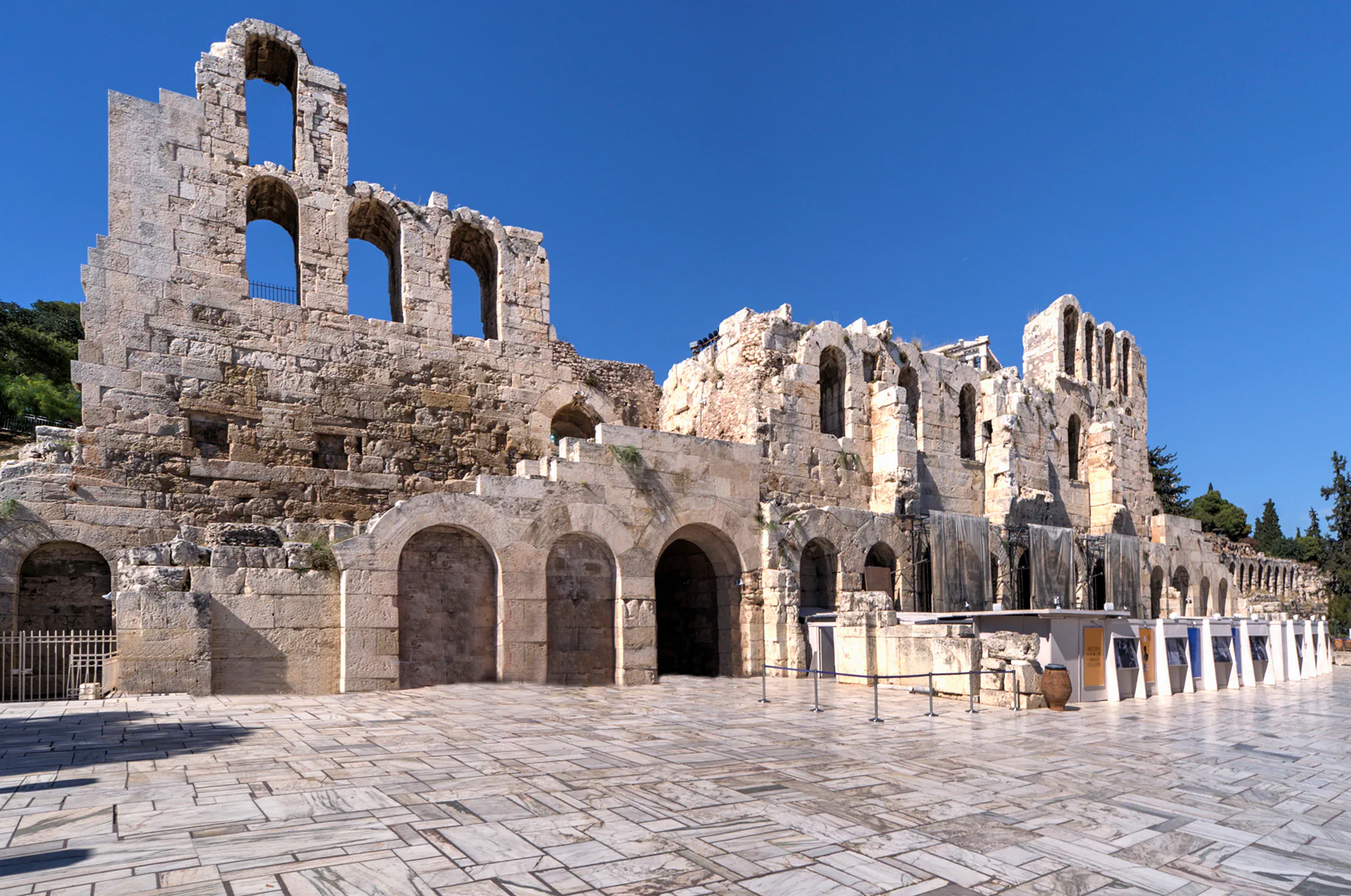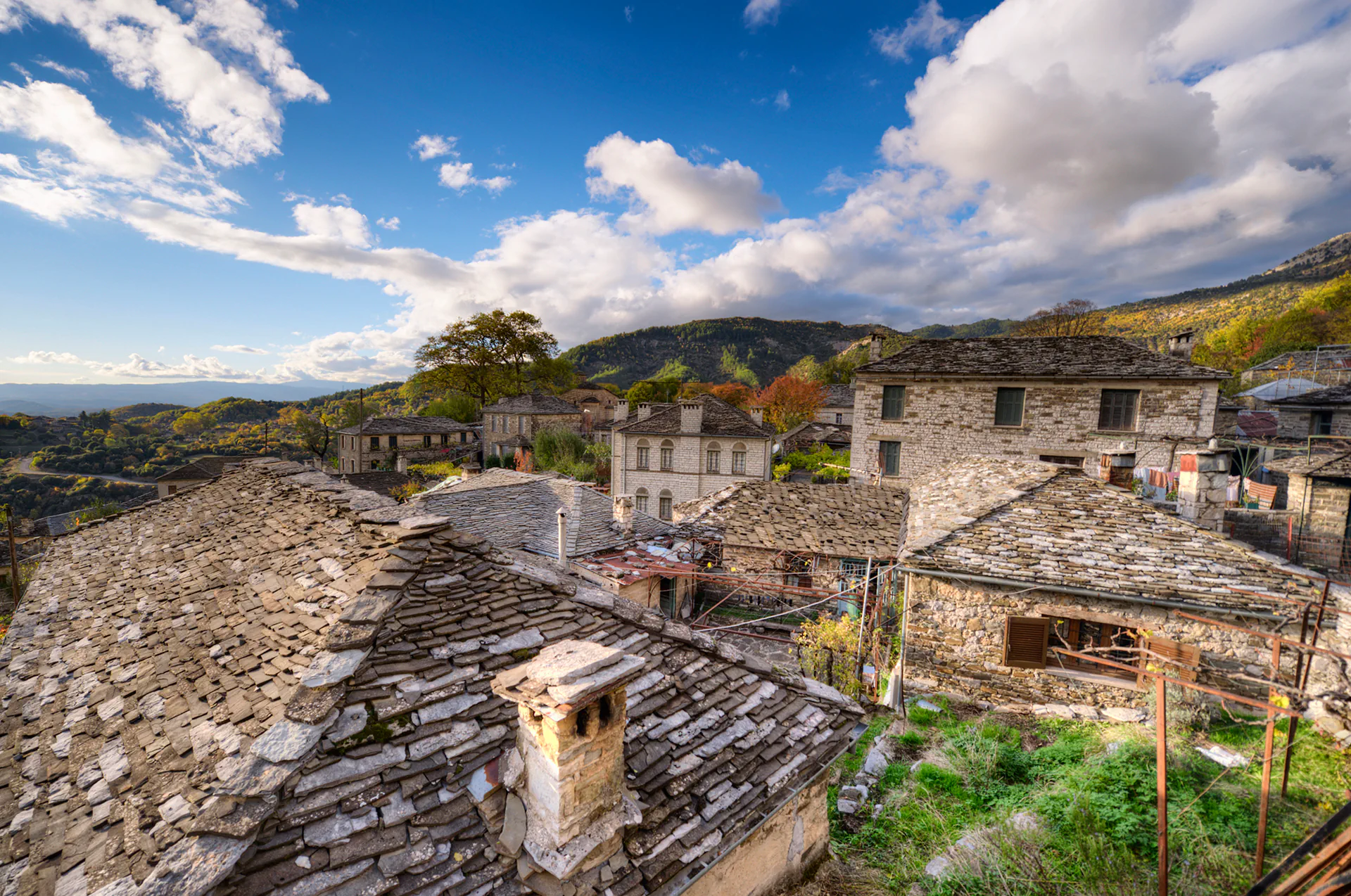Benaki Museum, Athens – Embark on a Fascinating Journey Through Greek Art, History, and Cultural Heritage, Showcasing Centuries of Tradition
The Benaki Museum is one of Greece’s most respected cultural institutions, offering an unparalleled journey through Greek art and history — from prehistoric times to the modern era. Founded in 1930 by Antonis Benakis, the museum was created in memory of his father, Emmanuel Benakis, and today stands as a cornerstone of Athenian culture. Located in a grand neoclassical mansion in central Athens, the museum holds over 100,000 artifacts, including ancient relics, Byzantine icons, post-Byzantine art, folk costumes, rare manuscripts, and 19th–20th-century paintings. Whether you’re a first-time visitor to Athens or a return traveler with a passion for history, the Benaki Museum is an essential stop.
Collections & Exhibitions
The Benaki Museum’s main building is home to a chronological exhibition that guides visitors through the development of Greek civilization. Highlights include:
Ancient Greek artifacts – pottery, coins, jewelry, and everyday objects
Byzantine religious art – icons, frescoes, and church furnishings
Traditional Greek costumes – from various regions and islands
Historical documents – rare books, manuscripts, and revolutionary war memorabilia
European and Islamic art collections – reflecting Greece’s diverse influences
The museum also operates specialized branches throughout Athens, including:
The Museum of Islamic Art
The Benaki Museum of Modern Greek Culture
The Ghika Gallery (focused on modern art and architecture)
The Toy Museum, with games and playthings from across the world
Each site offers a different lens into Greek and global heritage.
Why Visit the Benaki Museum?
Whether you’re a history buff, art enthusiast, or curious traveler, the Benaki Museum offers a deep, immersive experience of Greek identity through the ages. It captures the soul of Greece — its creativity, resilience, and beauty — all under one elegant roof. From ancient votive offerings to revolutionary-era memorabilia and vibrant modern art, the Benaki Museum isn’t just a museum — it’s a living archive of Hellenic culture.
Fun Fact
Antonis Benakis personally collected and donated thousands of items to the museum — many from his travels across Europe, Asia, and Egypt — making it one of the largest private contributions to cultural preservation in Greek history.
Visiting Information
Location:
Koumbari 1 & Vasilissis Sofias Ave, Athens
Opening Hours:
Monday, Wednesday, Friday, Saturday: 10:00 – 18:00
Tuesday: closed
Thursday: 10:00 – 00:00
Sunday: 10:00 – 16:00
Admission:
Full Admission: € 12 (Reduced € 9)
Temporary Exhibition: € 8 – 10 (Reduced € 6 – 8)
Accessibility:
Fully accessible, with elevators and ramps available
Facilities:
On-site café, gift shop, library, and guided tour options
Check the official website for updates
Tips for Your Visit
Set aside 1.5–2 hours to explore the main museum thoroughly
Combine your visit with the nearby Cycladic Museum or a stroll in the National Garden
Don’t miss the rooftop café — a peaceful spot for a coffee with a view
Check the temporary exhibitions – often featuring contemporary artists or rare historical collections
Look out for museum events, lectures, and workshops, especially if you’re visiting with family or kids
